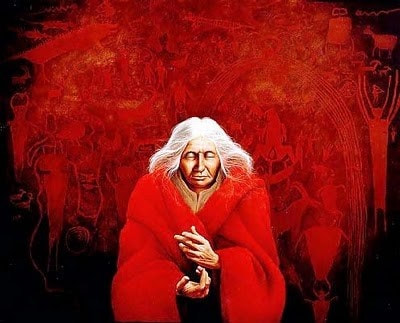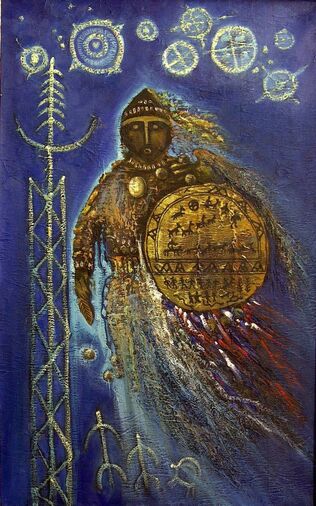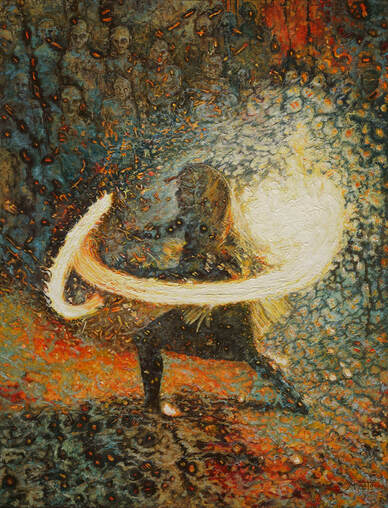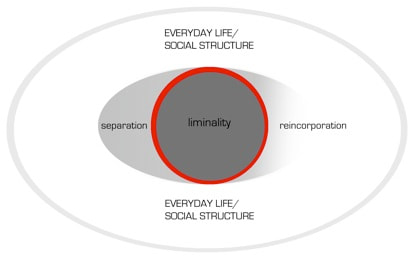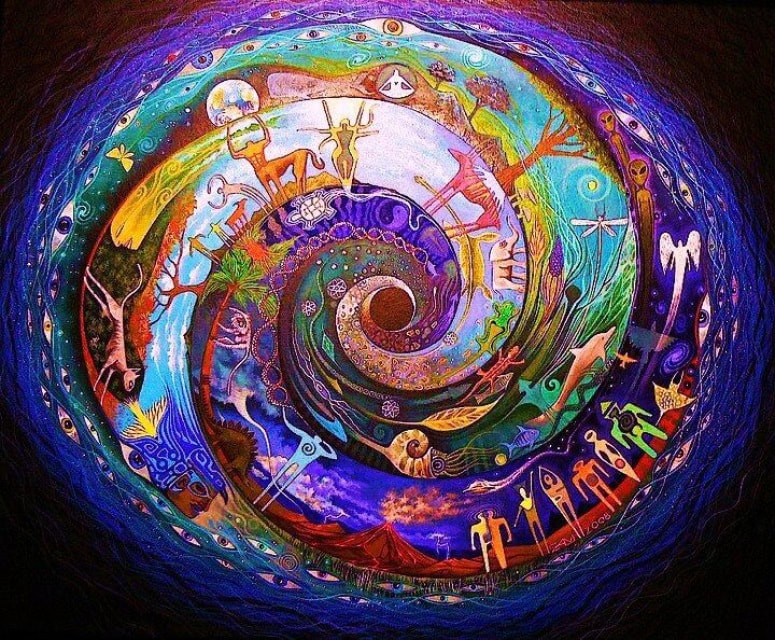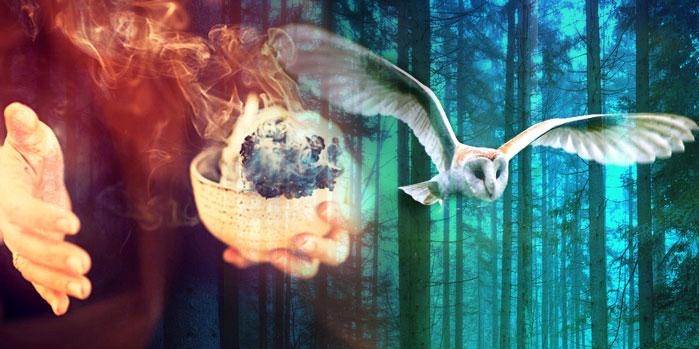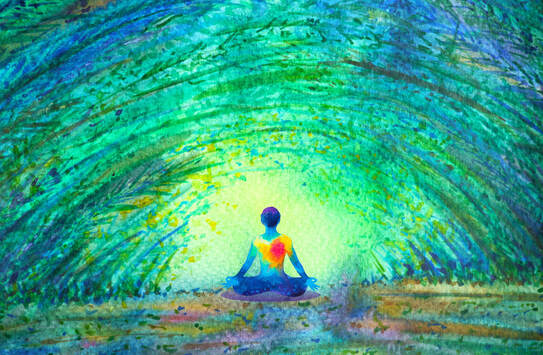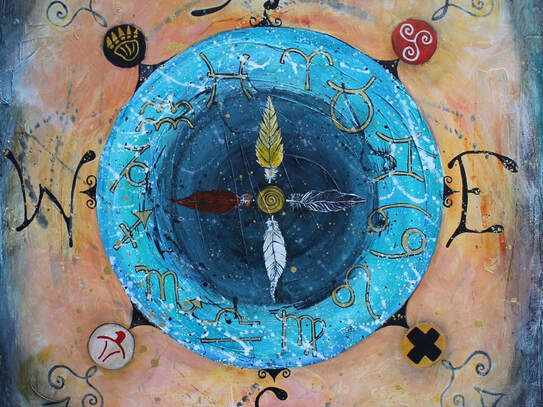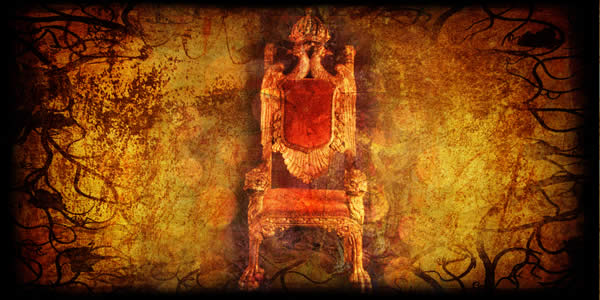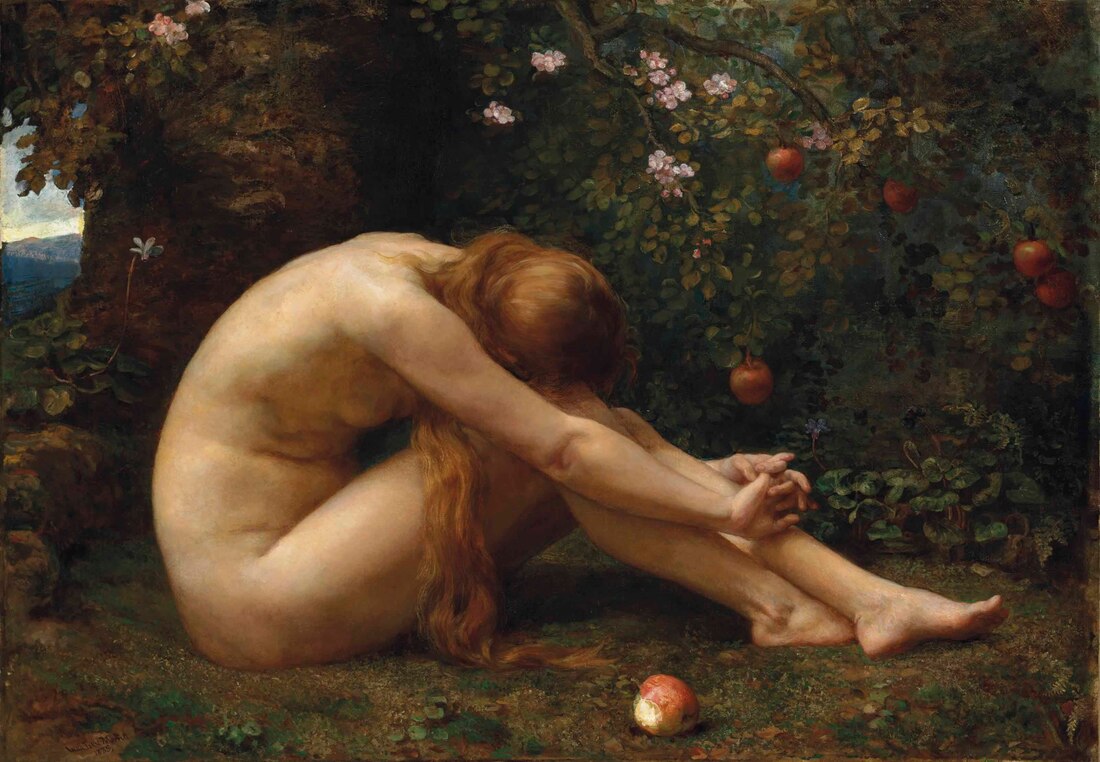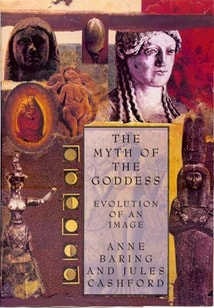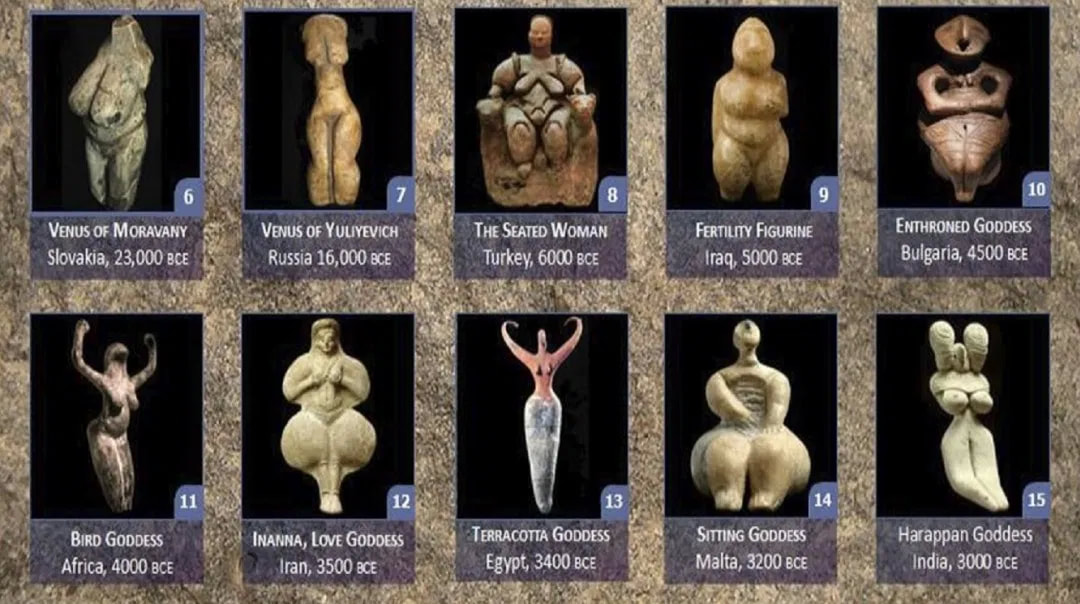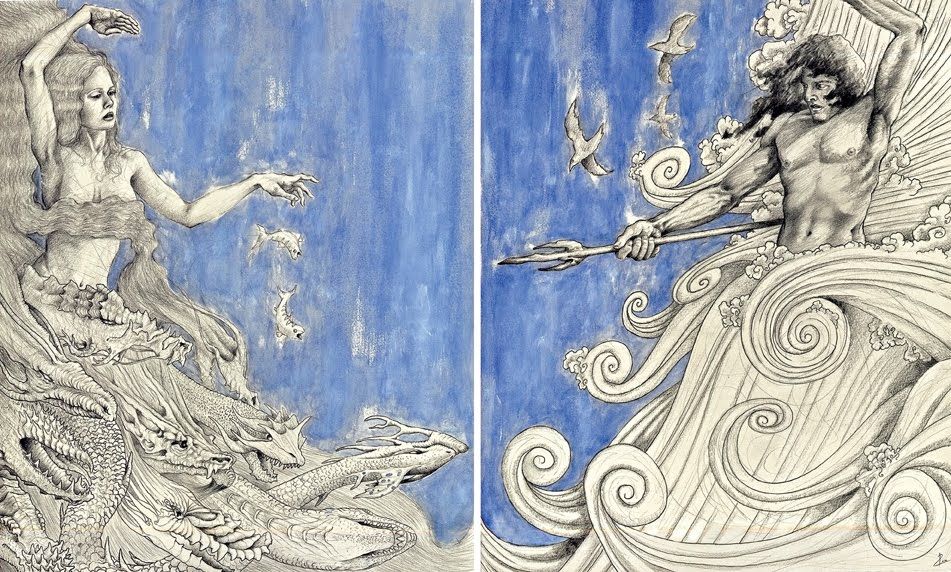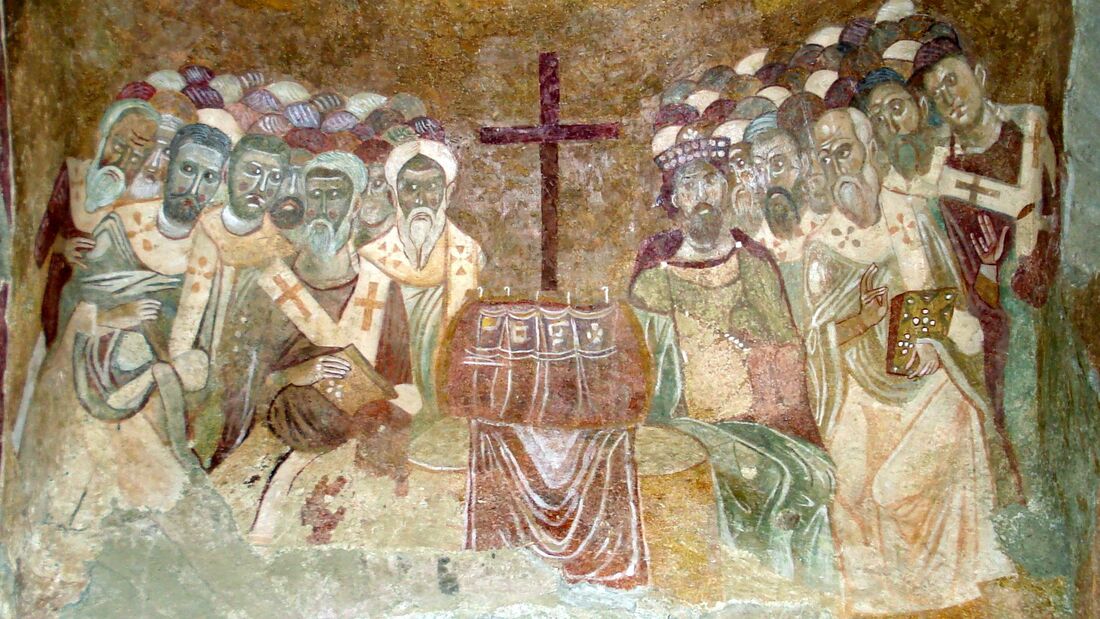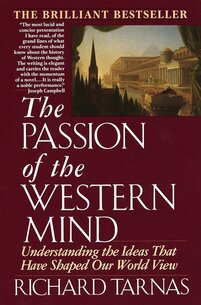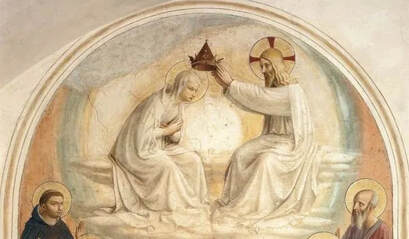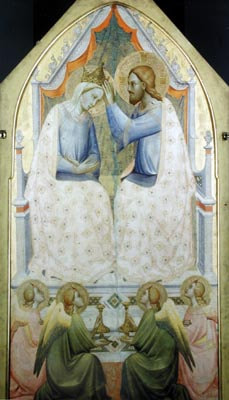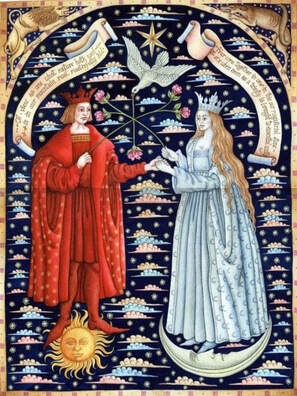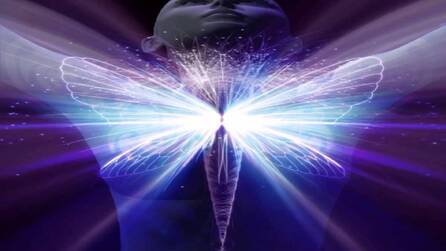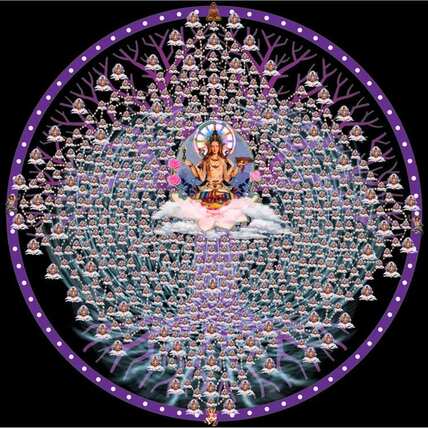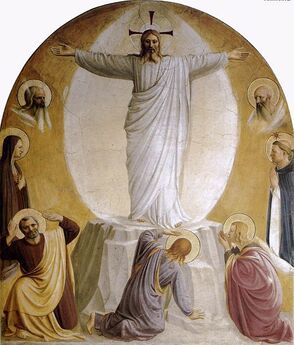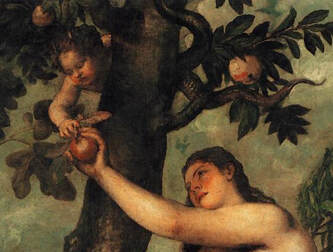rediscovering the archetypes of the mature masculine
part one
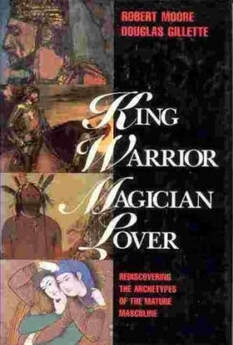
- whether the absence in our modern world of the rites of passage rituals they explore has resulted in many generations of menfolk, having become somehow stuck in a kind of arrested development from which they struggle to emerge into what might be deemed their optimal maturity? And might this also might be true of our culture as a whole?
Right now, astrologers are telling us that the planets are aligned in extremely powerful ways - not experienced for six & a half thousand years...since the beginnings of the gradual transition from the ancient lunar, matrilineal societies toward the solar, patriarchal world of today. As we saw last time, the resulting consciousness has enabled great things, great strides forward and yet there is such a sense that all is far from well. For millennia it seems our world has been characterised by war and by violence against a multitude of 'enemies' and even against the planet itself.
We have not looked at ourselves 'in the round,' as it were, and are facing potentially catastrophic consequences - yet maybe as the astrologers say, the time has come for our collective psyche to transform, to undergo a huge initiation that will enable the emergence of a more humane and responsible world? So what follows is not just about boys & growing up but about modernity and our culture too.
As Jung prophesied, an epochal shift is taking place in the contemporary psyche, a reconciliation between the two great polarities, a union of opposites: a hieros gamos (sacred marriage) between the long-dominant but now alienated masculine and the long-suppressed but now ascending feminine.
The Passion of the Western Mind: Understanding the Ideas that Have Shaped Our World View
Richard Tarnas
....the masculine must undergo a sacrifice, an ego death.
The Passion of the Western Mind: Understanding the Ideas that Have Shaped Our World View
Richard Tarnas
But what happened exactly - in the depths of the night - and why was it deemed so essential to the needs of the tribe? Would the boy not have achieved his manhood anyway - without such dramatic intervention?
Not so easily says Moore in his earlier book, The Archetype of Initiation: Sacred Space, Ritual Process, and Personal Transformation - and for the modern boy, this is even harder. Sure, he concedes, there are certain pseudo initiation ceremonies that take place in the modern world but these are normally found in certain dysfunctional groups like prisons, boarding schools and gangs from which the boy does not emerge as a man but rather in servitude to the narrow ideals of such groups. The military too has certain initiatory rites yet whilst these are successful in creating warriors - says Tom Vander-Linden - they are not so successful in bringing men home, so to speak, when the battle is done.
The Magician or Shaman stands between worlds as it were - at the crossroads - the threshold - and he leads the adolescent temporarily away from what Jung calls - the Spirit of the Times - the ordinary, everyday world discussed by Joseph Campbell - into the Spirit of the Depths - the non-ordinary realm where the initiatory experience is constellated.
Anthropologists call this space the liminal realm, a term related to the Latin word for threshold - limen, first introduced by ethnographer Arnold van Gennep in his book -Les rites de passage, The Rites of Passage (1909) referring to the middle phase of a threefold initiation rite.
The presence of the Shaman, of the Magician is crucial. He has been where the boy must go - to this place where everything he thought he was comes into question. Where, like the goddess Inanna, he is stripped of all his outer clothing, the vestments if you like of his identity - his sense of himself and this can be a truly terrifying experience.
He has entered the alchemical vessel as it were - and must be dissolved & reformed, as the base metal within is made into gold, the emblem of the new, evolved consciousness. Without the Shaman however, the spiritual alchemist, the boy may be ripped to shreds & emerge either mad or not at all and be forever held in a state of perpetual becoming which is never achieved.
These are perilous times indeed, for the disorientation, the death and fragmentation of the former self is real and must - as a rite - be conducted within a safe space with secure boundaries. Only then can the experience of the tomb be transformed into that of the womb, where the new self is seeded, incubated and reborn.
It is deep space - inner space - sacred space - as defined & distinguished from profane space by anthropologist Mircea Eliade in his renowned book, The Sacred and the Profane: The Nature of Religion.
Sacred space connects us with a deep regenerative core...., he explains
Profane space...has no fixed point or centre from which to gain orientation. Profane space has no axis mundi, no cosmic tree or pillar leading to the heavens. This is the experience of modernity. People unable to locate a centre.
Mircea Eliade, The Sacred and the Profane: The Nature of Religion
Both refer to non-ordinary states but unlike Liminal experience, the liminoid is experienced within the context of modernity. It occurs outside the boundaries of the delineated sacred rite and without the presence of a ritual elder.
Such states maybe experienced at festivals, concerts, on vacation, pilgrimage, or in the face of a collective or personal crisis - periods of time when one slips out of ordinary, structured time and space and feels unexpectedly bonded with others sharing the same experience - or when great cracks suddenly open up in life in response to sudden change. These experiences, says Turner can be profoundly spiritual, opening doors we never knew were there, bringing us to the thresholds of potential transformation and growth and can be extremely nourishing to the soul, yet their effects are often transitory, he says - and are unlikely to lead to the lasting transformation facilitated by the liminal rite.
Liminoid experiences can be dangerous too, adds Moore. For without guidance one can get stuck, so to speak. This can happen in a grieving process for example - when one does not know how to leave grieving state - or in response to any kind of post-traumatic shock that lingers overlong - forever raw when approached. It can be true for drug users too - whose initial highs devolve into addiction from which they cannot find their way back.
In the absence of a ritual elder - or at the hands of an inexperienced one - the developmental potential of the experience is never fully realised.
Truly liminal space, truly transformative space, truly sacred space in the sense that tribal peoples used it for transformations - always has ritual leaders.
Moore - The Archetype of Initiation
This movement through liminal space, from disorientation to integration is the journey toward individuation referred to in Depth Psychology. Here, the therapist becomes the Shaman/magician & the clearly delineated therapeutic process becomes the vessel, the sacred ritualistic space.
In the mythological journey, as described by Campbell, this is where the hero meets the Goddess, so to speak & drinks the draft of paradise from her sacred vessel.
So many exquisite tales exist recounting these enchanted encounters experienced at the heart of the inner world are told across the globe. They are the deeply mystic and sublime experiences spoken of in many traditions.
From such heights it can be difficult to find the will return. Most initiates are humbled by such experience - whilst others can struggle with inflation - yet again, this is where the skill of the Shaman can be so critical. Moore says we should be respectful of clients who struggle in these ways to come down as it were. Their experience is so true, so real, more real than anything may or might ever be again - and yet - it is the role of the Shaman, the magician, therapist, healer to make sure of their safe return to earth, as mortals, not gods. And this is absolutely key.
For in the end the real hero, as all the best of our stories tell us in no uncertain terms, is the person who achieves humility: who transcends any lingering infantile grandiosity - who learns to bend the knee if you like, to take off his shoes and prostrate himself in acknowledgement of forces greater and beyond himself. Finally, the initiate must surrender, he must become a servant - never a master - a servant to a mystery more profound than can ever be fully known. This says the authors is what mature masculinity looks like.
Yes, he has touched and been touched by the sublime - yet the success of the initiation the mythic quest turns on this ability to come down and to come home, to bring his new found maturity - the boon, as Joseph Campbell says, the treasure, to bear upon the world as it is in the cold light of day - the Monday morning if you like, after the high of the weekend.
At the end of any liminal rite, ancient or modern - the initiates are told quite abruptly - the rite has ended - come back to yourselves, blow out your candles, snuff out the incense – withdraw from the sacred space - and re-join the everyday world - until the next time - or whenever the need arises but for now, go forth into the ordinary world.
And for the young boy, now a man - go back to your village, back to your new dwelling place - remembering all you have come to know - in such ways as to benefit each and every member of the tribe, of the whole.
Anne Maria Clarke
x x x
https://twitter.com/MariaClarke
Mircea Eliade The Sacred and the Profane: The Nature of Religion 1959
Victor Turner The Ritual Process
Arnold van Gennep Les rites de passage, The Rites of Passage
Moore https://www.amazon.com/Archetype-Init...
Moore & Gilette https://www.amazon.com/King-Warrior-Magician-Lover-Rediscovering/
